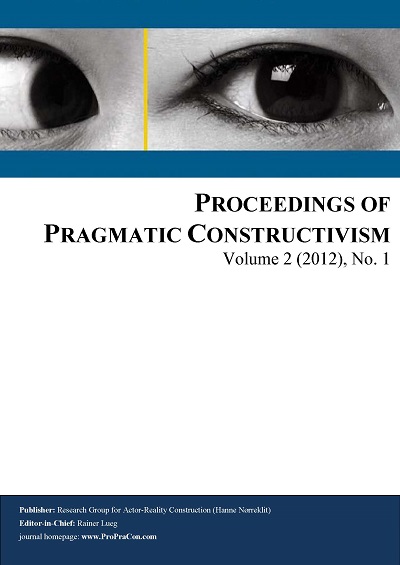The Balanced Scorecard: the illusion of maximization without constraints
DOI:
https://doi.org/10.7146/propracon.v2i1.16672Keywords:
Balanced Scorecard, non-financial measures, key performance indicators, sub-optimization, Value-based Management, accounting logic, decentralizationAbstract
The Balanced Scorecard (BSC) claims to maximize organizational performance through the management of different perspectives (e.g., financial, customers, internal processes, learning & growth). Most of the chosen measures are usually non-financial, as they are supposedly leading indicators of financial success. The developers of the BSC Kaplan and Norton see these perspectives as related, but not as linked to each other by accounting logic. Moreover, Kaplan and Norton recommend cascading the BSC across the organization by breaking up the BSC into sub-targets for each organizational unit.
Inevitably, this can lead to situations where actors in an organization focus on a subset of non-financial indicators. In their attempt to maximize these indicators, unit-egoism may lead to sub-optimal overall performance of the organization. This is because the link from non-financial indicators at lower levels of the organization to the overall financial goals have been disjoined. This problem, however, has been largely ignored in the BSC-literature. Therefore, this paper addresses the rationality and limits inherent in the usage of multiple performance measures. For this, we conduct an analytical study based on a literature review.Downloads
Published
How to Cite
Issue
Section
License
Previous and future use of the work
ProPraCon assumes the non-exclusive rights to publish and store the work of its authors, once they have consented to a publication. Since the rights to publish are non-exclusive, authors are free to re-use their work, e.g., to publish it in other media (as ProPraCon aims at publishing proceedings). Hence, it is explicitly allowed that works submitted to ProPraCon may be published in a somehow similar form in other media. Yet, submitting authors warrant that the work is not an infringement of any existing copyright and will indemnify the publisher against any breach of such warranty.
Permissions
By submitting work to ProPraCon, the authors declare that they have permission to use any content that has not been created by them. Specifically, when using tables, figures or excerpts of more than 400 words, it is expected that the authors…
- …obtain written permission of copyright for the use in print and electronic formats of any of their text, illustrations, graphics, or other material, in their work. This includes any minor adaptations.
- …acknowledge the original source in captions and in the reference list.





